Solving the energy crisis is one of the most essential undertakings of the 21st century. Perfect solutions will be hard to come by, due not only to drastic differences in political and public support for sustainable energy throughout the world, but the extensive knowledge required to address the many challenges associated with the global energy landscape.
“Renewable energy” and “sustainable energy” are often used interchangeably, even among industry experts and veterans. There is some overlap between the two, as many sustainable energy sources are also renewable. However, these two terms are not exactly the same.
Renewable energy …
- Comes from sources that naturally renew themselves at a rate that allows us to meet our energy needs
- Includes biomass, geothermal, hydropower, solar and wind
- Not all renewable energy is also sustainable, but improving the sustainability of renewables and fossil fuels can have environmental benefits
Sustainable energy …
- Comes from sources that can fulfill our current energy needs without compromising future generations
- Also involves collection and distribution; the energy must be efficiently acquired and distributed in order to be sustainable
- Includes geothermal, hydropower, solar and wind.
What Is Renewable Energy?
Produced from existing resources that naturally sustain or replenish themselves over time, renewable energy can be a much more abiding solution than our current top energy sources. Unlike fossil fuels, renewables are increasingly cost-efficient, and their impact on the environment is far less severe. By taking advantage of the earth’s ability to grow and recycle organisms, renewable power sources will theoretically be able to supply our energy needs indefinitely.
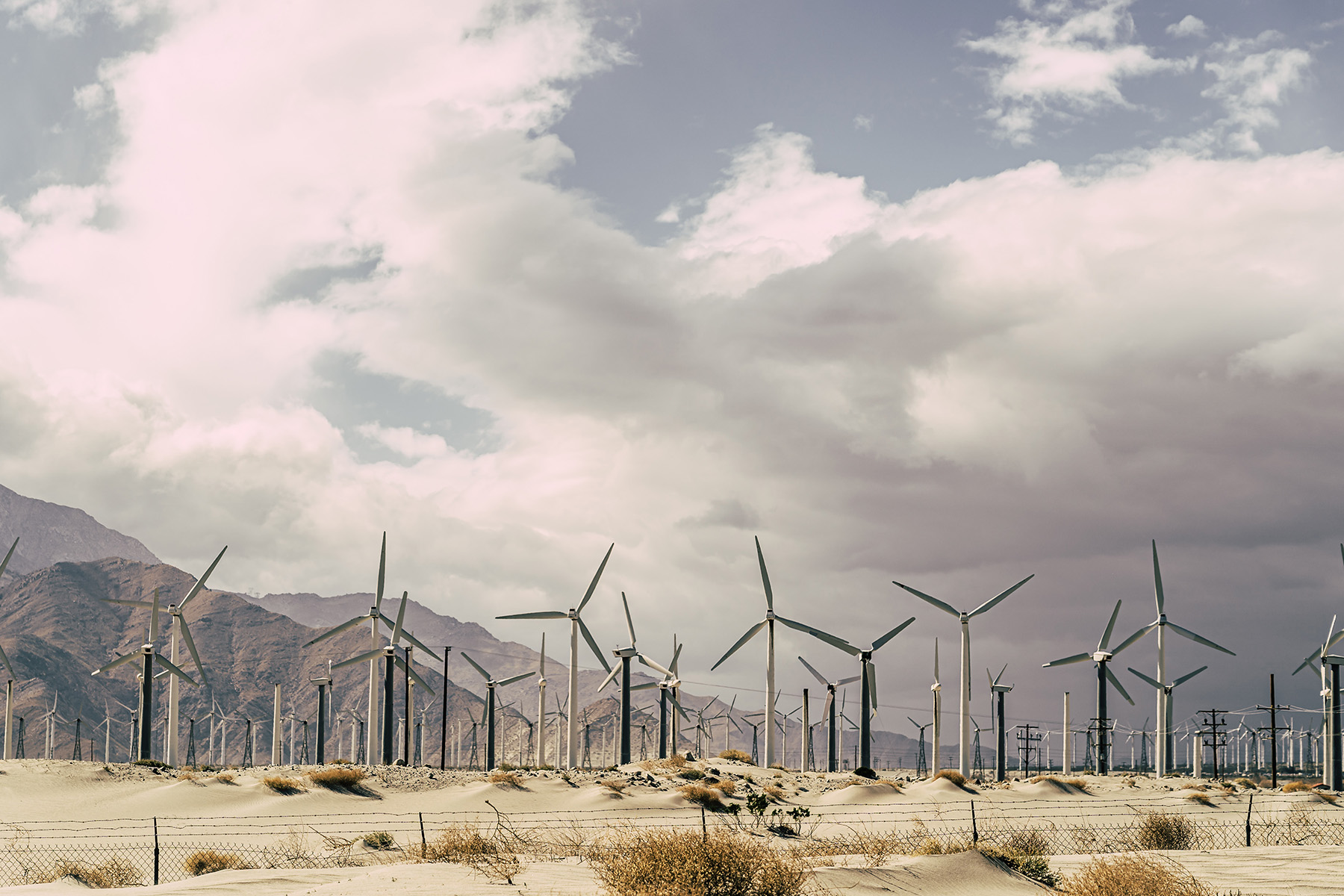
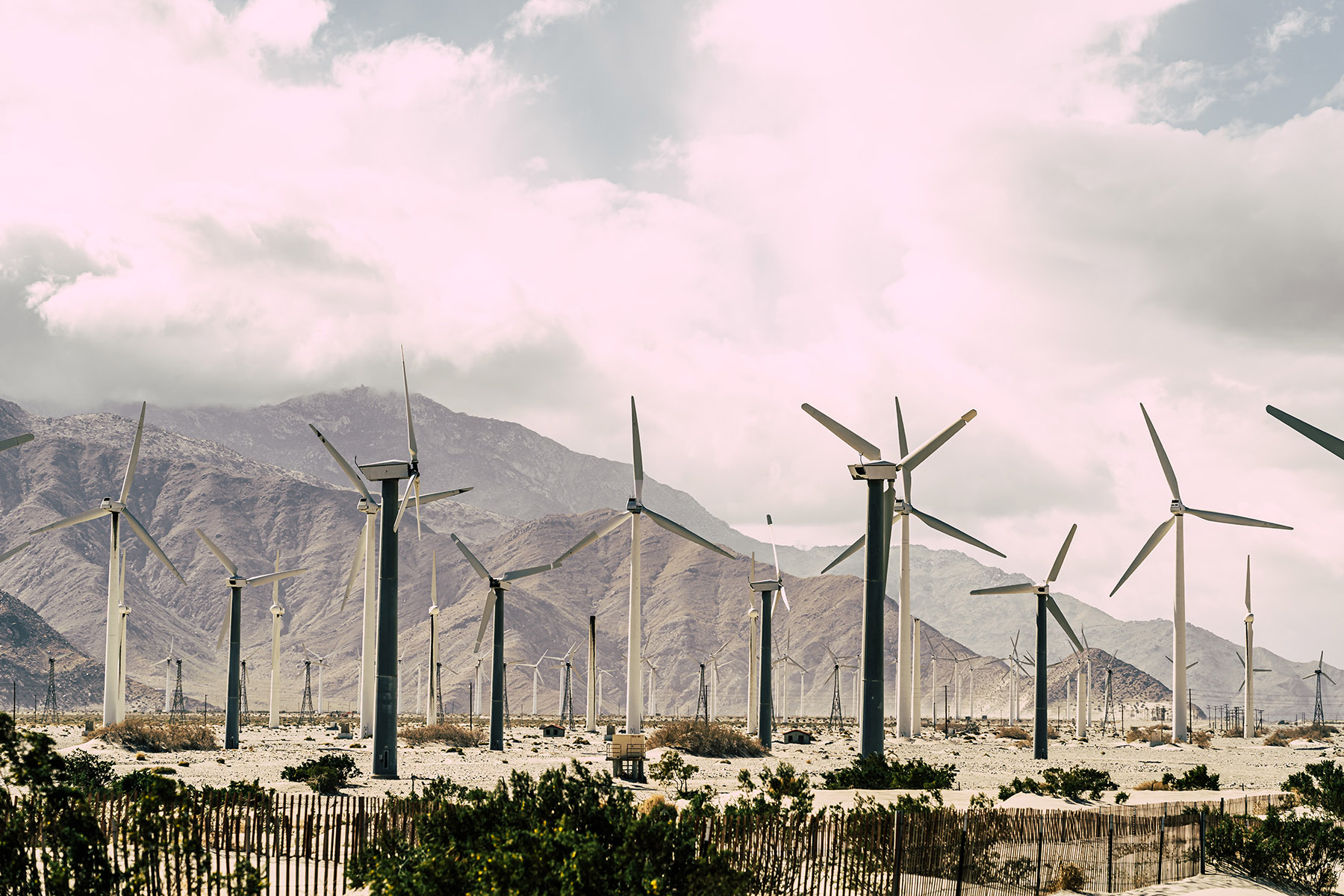
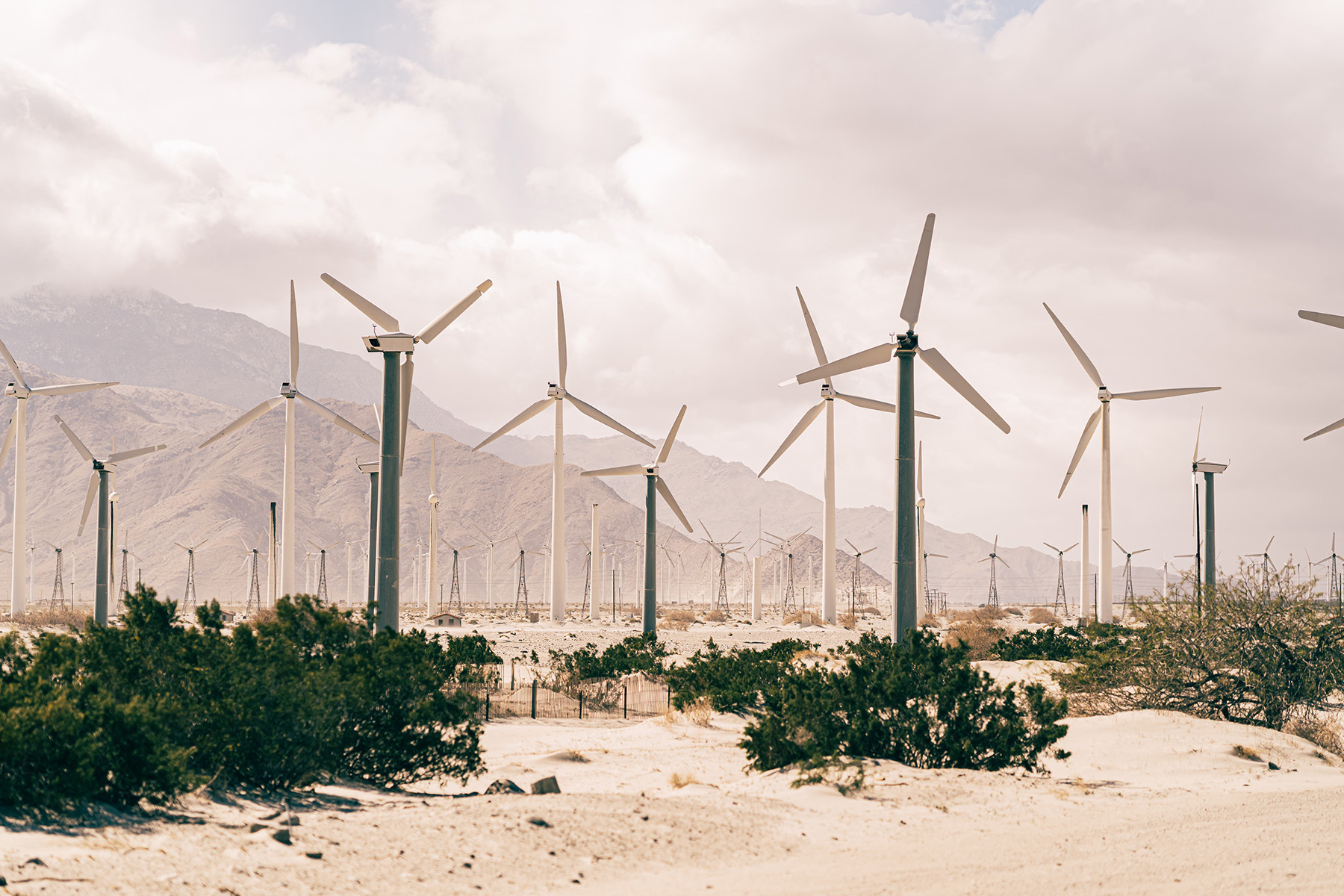
Renewable energy is defined by the time it takes to replenish the primary energy resource, compared to the rate at which energy is used. This is why traditional resources like coal and oil, which take millions of years to form, are not considered renewable. On the other hand, solar power can always be replenished, even though conditions are not always optimal for maximizing production.
Examples of renewable energy sources
- Biomass: Organic material that is burned or converted to liquid or gaseous form. Biomass from trees was the leading source of energy in the United States before the mass adoption of fossil fuels. Modern examples of biomass include ethanol and biodiesel, which are collectively referred to as biofuels.
- Geothermal: Heat produced by decaying radioactive particles found deep within the earth. Geothermal energy can be used as a direct heat source or to generate electricity.
- Hydropower: One of the oldest sources of electricity, requiring not only massive amounts of water but also a formidable amount of force. Hydropower was the largest source of renewable electricity until 2019.
- Solar: A favored green alternative, although production requires a large surface area and consistent sunlight. Solar farms should be combined with storage solutions in order to harness the sun’s potential. Like geothermal energy, solar power is often used as a direct heat source and electricity generator.
- Wind: Utilizes turbines to convert the wind’s kinetic energy into mechanical energy, which is then used to accomplish a task like grinding rain. Alternatively, the mechanical energy can be rotated at high speeds to produce electricity.
What Is Sustainable Energy?
Sustainable energy is derived from resources that can maintain current operations without jeopardizing the energy needs or climate of future generations. The most popular sources of sustainable energy, including wind, solar and hydropower, are also renewable.
Biofuel is a unique form of renewable energy, as its consumption emits climate-affecting greenhouse gasses, and growing the original plant product uses up other environmental resources. However, biofuel remains a major part of the green revolution. The key challenge with biofuel is finding ways to maximize energy output while minimizing the impact of sourcing biomass and burning the fuel.
Even with resources that are both renewable and sustainable, like wind and solar power, an important question remains: Is sustainable energy the solution to our energy and climate needs?
It is a promising but nuanced option, and the answer isn’t as simple as transitioning from so-called “dirty” resources to sustainable ones. In addition to the biomatter conundrum, not all sustainable solutions can be used in every situation. Their efficiency and/or effectiveness depends on factors such as climate and location, and once the energy is generated, collected and stored, it must then be distributed. For instance, wind is produced by temperature changes in the air, which aren’t consistent across the planet. In the U.S., this means that the best place to put wind farms is in the Midwest, the Texas region, or offshore. How do we ensure this energy fairly provides for other regions, like the Northeast?
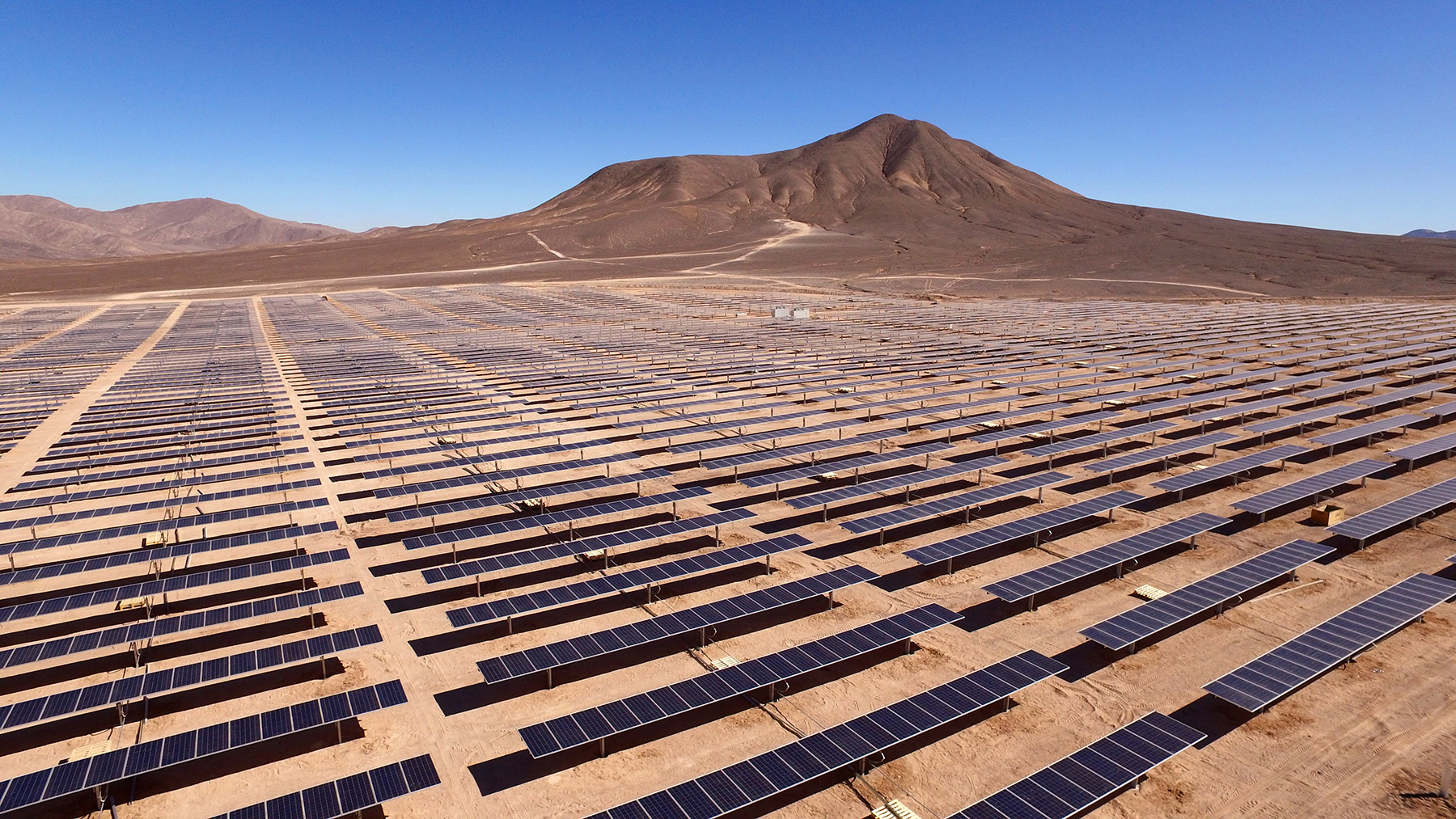
Furthermore, disparities in regulations and target goals can create a problem where the best place to produce energy may not have the public interest or infrastructure necessary to support it. For example, a windy state may struggle to pass legislation for financing the construction of turbines, while its neighbor may be eager for a nearby source of clean energy. How do we navigate such situations in a way that allows consumers to get what they want, no matter where they live?
Answering these and other questions requires the advanced critical thinking skills and social, political and economic awareness that a master’s degree in sustainable energy can provide. It will take more to support widespread adoption of renewable and sustainable resources than technical knowledge alone.
The Renewable Energy vs. Sustainable Energy Debate
Energy leaders need to not only understand the nuances between these two terms, but be mindful of how they use them in legislation and organizational decision-making. Not only will the precise use of language benefit consumers, allowing them to understand the implications of their energy choices, but it will also help officials ensure their policies accurately reflect their objectives.
For example, a policymaker who drafts a green bill only using the term “renewable energy” may subvert the effect of their own legislation by failing to account for the potential environmental impact of energy sources like biofuels.
Additionally, by using these terms appropriately, energy leaders can be sure to craft initiatives that align with the ideals of the public, thereby increasing the chances of receiving public backing. Support for greener energy sources is high: As of 2017, 82% of people worldwide agree that the world should be fully powered by renewable energy.
Researchers found this support consistent across people of different ages, education levels and political ideologies. Renewable energy has bipartisan support in the U.S., although reasoning differs among political lines. Generally, Republicans are interested in the economic benefits of renewables, while Democrats are more focused on climate change. Even with these two differences—or perhaps because of them, with the Democratic concern making the case for sustainable options—such overwhelming support suggests a positive future for sustainable energy, as well as a need for legislators, private sector decision-makers and non-profit leaders to develop comprehensive strategies for moving forward.
The question then becomes: How do we go from simply supporting sustainable energy to widespread adoption? The answer is multifaceted, but higher education plays a significant role.
Energy professionals must understand how energy creation, distribution and consumption are affected by factors such as:
- Geography: Where and how can we obtain energy in ways that provide for efficient use, reduce environmental impact and remain cost-effective?
- Economics: How do we finance the transition to sustainable energy sources? How does the cost of creating and distributing sustainable energy affect the rate of adoption? What about areas with little money to invest in sustainable energy?
- Availability: How do we provide sustainable energy to areas less likely to produce it? How do we account for the earth’s natural shifts in resources when quantifying and meeting our energy needs?
- Politics: How do we navigate political interests and arguments for and against sustainable energy?
Even those currently in the industry may find themselves bewildered by the field’s rapid pace and myriad influences. They need the opportunity to build on their existing knowledge and skills in order to address the needs of now and the future.
A master’s degree can introduce energy sector professionals, both experienced and new, to the various issues surrounding the energy crisis. Successfully completing courses that cover multiple aspects of the energy industry, including but not limited to its organization, markets, end-use, policy, financing and global governance, prepares students to tackle some of the biggest energy and climate challenges of today and tomorrow.

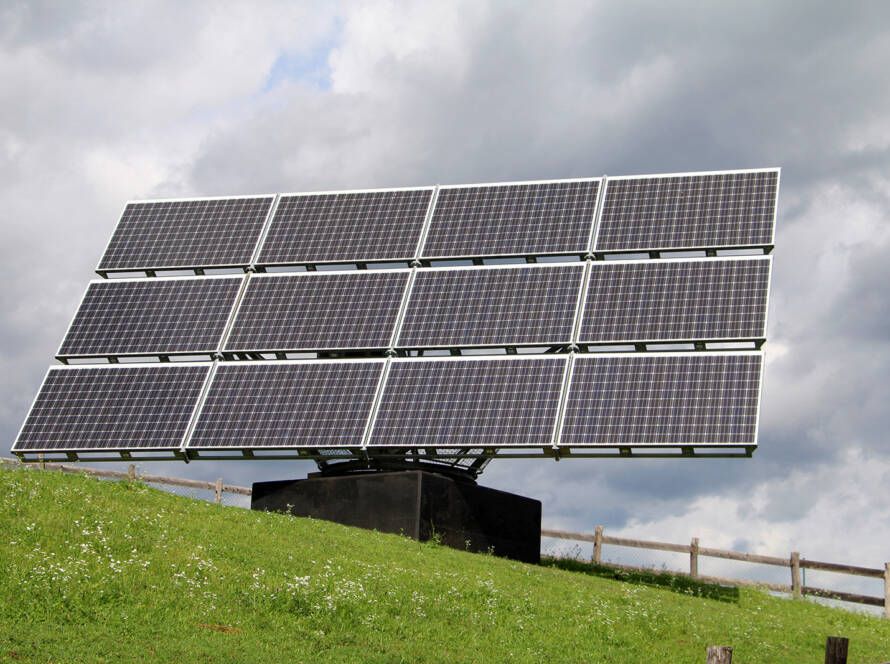
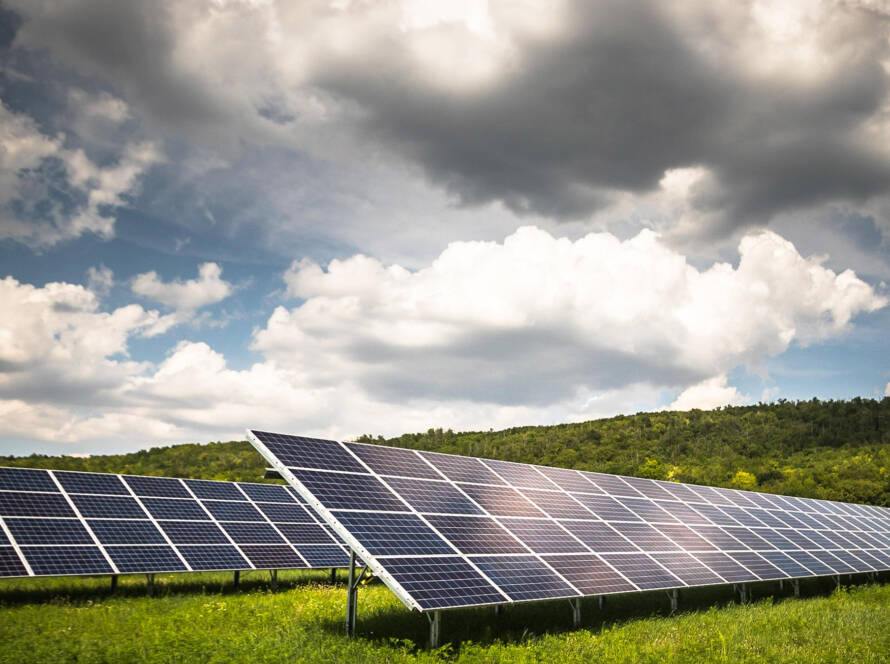
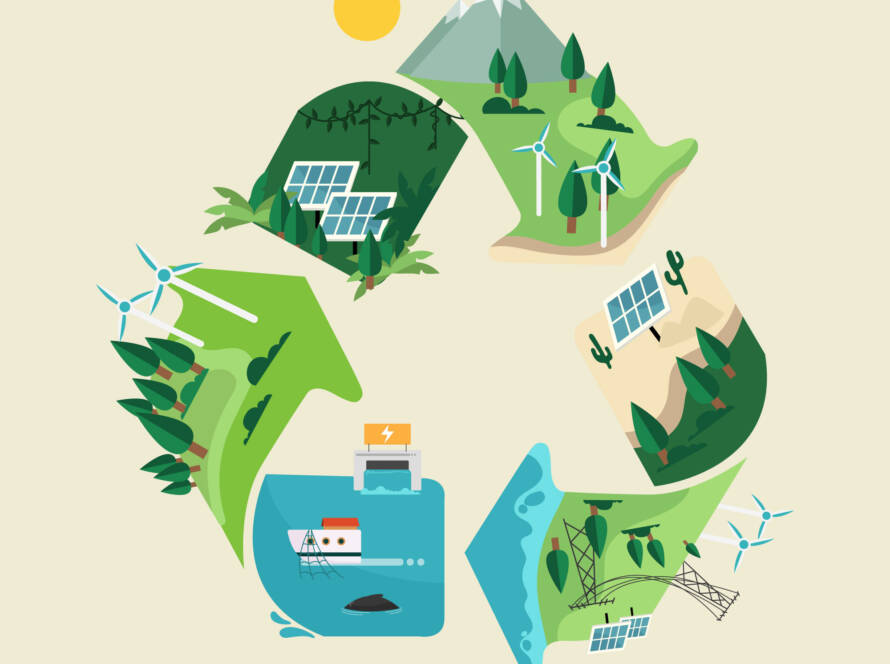
1 Comment
İsmail Can
The first goal of humanity must be produce the energy in green (renewable 100% and sustainable) manner, we require considerably more power every passing second and our planet’s future depends on how we produce the energy. We have to support companies which promote this concept.